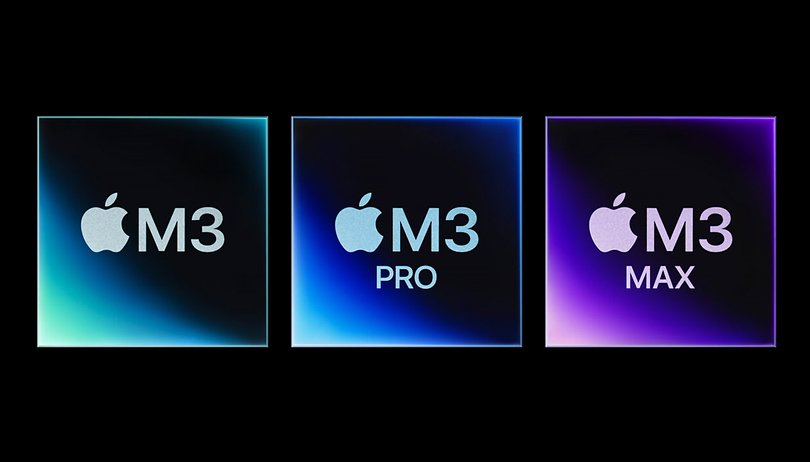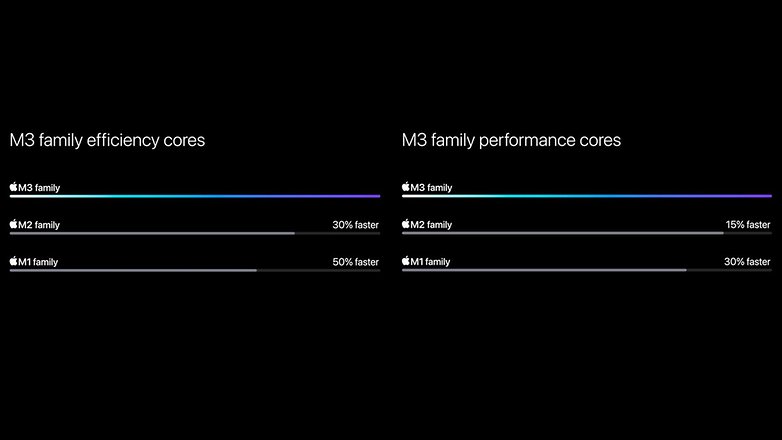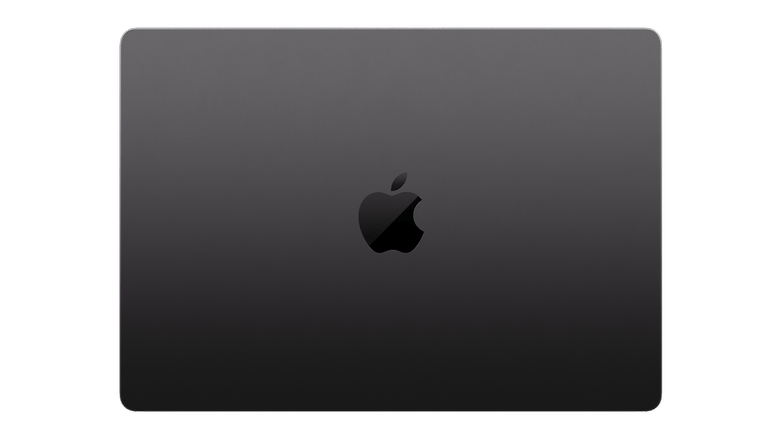Apple's M3 Chip with Huge GPU Gains Debut on the MacBook Pro and iMac


Following the teaser last week, Apple finally announced its catalog of M3 chipsets alongside the new 24-inch iMac and MacBook Pro at its “Scary Fast” event today. There are many firsts in this announcement, including the first 3 nm computer silicon with new GPU system features and new Space Black color for the MacBook Pro, among others.
- Also interesting to read: Which is the right MacBook for you?
The M3, M3 Pro, and M3 Max get the biggest GPU upgrades ever on Apple's custom chips
After debuting the 3 nm A17 Pro mobile SoC for the iPhone 15 Pro, Apple introduced its first 3 nm PC chips in the form of the M3 series. The line is composed of the M3, M3 Pro, and M3 Max that will power the new iMac and MacBook Pro.
Interestingly, right from the start of the presentation, Apple made major comparisons of the new M3 chips with the M1 rather than the M2, which does make some sense considering the short gap between the M3 and the previous generation.
As for the specifications, the M3 has an 8-core CPU consisting of four performance cores and four efficiency cores. Apple said this is 35 percent faster than the M1 while also drawing 50 percent less power in usual performance. This is then paired with up to 24 GB of unified RAM.
The 10-core GPU section saw the most significant improvements in the chip, with the Cupertino giant touting that the M3's graphics being 65 percent better compared to the M1. As with the M3 Pro and M3 Max, it also adds the new Graphics Dynamic Caching, accelerated ray-tracing, and mesh shading.

Regarding the more capable M3 chipsets that power the 14-inch and 16-inch MacBook Pro, the M3 Pro has a 12-core CPU and 18-core GPU design and supports up to 36 GB of unified memory. Once again, the GPU is heavily marketed as the biggest leap on the chip and promised to feature 40 percent better graphics output than the M1 Pro. Meanwhile, the CPU in a 6+6 core layout is listed to be 30 percent faster than the M1 Pro in a single-thread test.
Apple's M3 Max is the most powerful of the three M3 configurations. It has a 40-core GPU supported by two ProRes engines that are meant for post-video productions in the highest resolution available and the unit delivers up to 50 percent better performance than the M1 Max. On the other hand, the 16-core CPU with 12 performance cores has the biggest processing gain with 80 percent more speed than the M1 Max.

Apple iMac M3 and MacBook Pro M3 price and release date
The new iMac M3 is relatively unchanged from the iMac M1 in design and display with a 24-inch LCD screen in 4.5K resolution and 500 nits of brightness. The changes and improvements are found under the hood. Aside from the M3 chip, the all-in-one machine is getting Wi-Fi 6E in addition to Bluetooth 5.3 and an array of interfaces including 2x Thunderbolt and 4x USB-C ports.
The iMac M3 retails for $1,399 with an 8-core GPU with 256 GB storage while the 10-core option is priced at $1,499. This, together with the MacBook Pro M3, is available for pre-order today and will be in stores starting on November 7th. As usual, Apple is offering discounts for students through its education program.

Apart from the 22-hour battery rating and new Space Black colorway, Apple's 14-inch and 16-MacBook Pro with M3 chips are identical to the M2 (Pro and Max) versions that were launched in January this year. What's interesting is how the iPhone manufacturer now offers the MacBook Pro with the base M3 chip at $1,599. The 14-inch MacBook Pro with M3 Pro still starts at $1,999 while the 16-inch MacBook Pro M3 Max will retail for $2,499.
Do you think the M3-powered Apple Macs are worth upgrading if you're using an older model? We're interested to hear your answers.
Source: Apple













